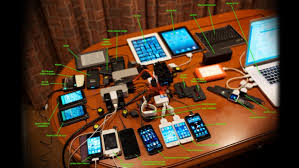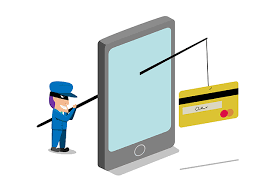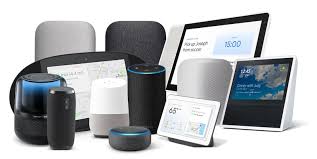Older adults can save tens of thousands of dollars annually by choosing assisted living communities over aging in place in their homes.
Unlike point solutions, Inspiren unifies resident safety, care planning, staffing, and emergency response into a single AI-powered platform.
An artificial intelligence-powered virtual assistant platform for senior living and care providers.

 When Pew stops tracking senior adoption, does that imply a market saturated? Note this Fact Tank aggregation of technology adoption statistics (tech overall among seniors,
When Pew stops tracking senior adoption, does that imply a market saturated? Note this Fact Tank aggregation of technology adoption statistics (tech overall among seniors,  Scammers are creative – each cell phone number is a 'smishing' opportunity. It's the holidays, when scammers want to wish you the best of everything. How about a text message with a picture of the sender, someone you know, pitching a fund-raising and time-limited opportunity – in a category the recipient knows well. Except that it is fake, finding the phone number because it is widely distributed. And as an added bonus, the sender extracts the picture from now-accessible contacts (easily scraped from LinkedIn, press releases, Gmail messages, etc.). Scammers seize the opportunity and send you a very believable text message.
Scammers are creative – each cell phone number is a 'smishing' opportunity. It's the holidays, when scammers want to wish you the best of everything. How about a text message with a picture of the sender, someone you know, pitching a fund-raising and time-limited opportunity – in a category the recipient knows well. Except that it is fake, finding the phone number because it is widely distributed. And as an added bonus, the sender extracts the picture from now-accessible contacts (easily scraped from LinkedIn, press releases, Gmail messages, etc.). Scammers seize the opportunity and send you a very believable text message. Who can and will be talking to their technology? Quite a few people will, though it is hard to get a real number – which is ironic, since Amazon, Google, Apple, Samsung, etc. all know how many they have shipped. And they also know
Who can and will be talking to their technology? Quite a few people will, though it is hard to get a real number – which is ironic, since Amazon, Google, Apple, Samsung, etc. all know how many they have shipped. And they also know  A short month saw plenty of food – and provided food for thought. Many (54 million!) traveled during the US Thanksgiving holiday,
A short month saw plenty of food – and provided food for thought. Many (54 million!) traveled during the US Thanksgiving holiday,